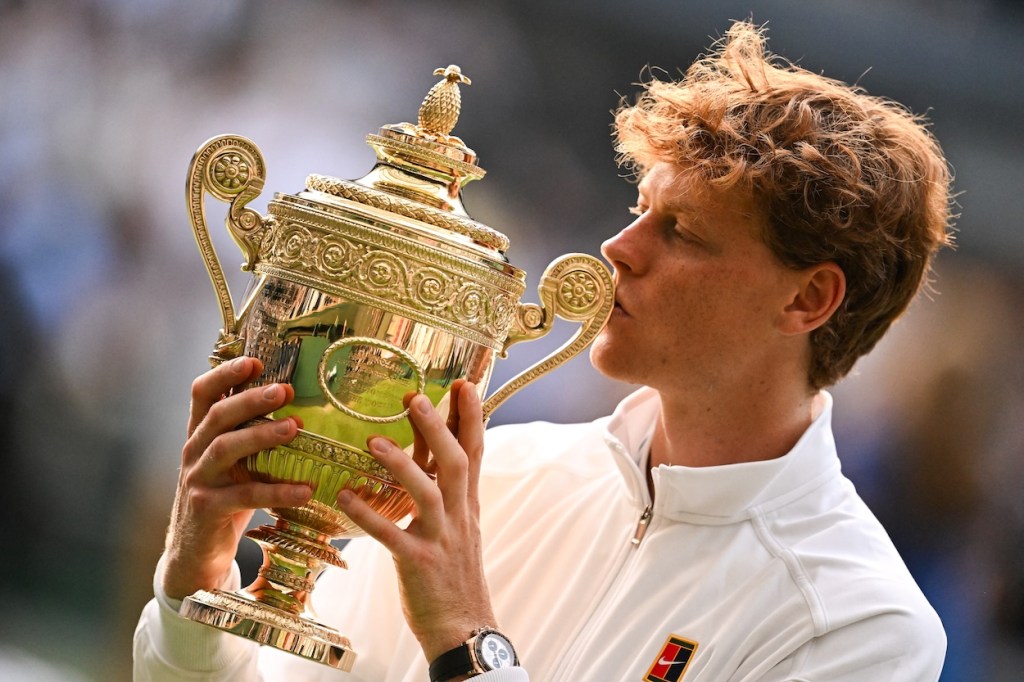Recollections of crimes, misdemeanours and shameful stories can pall, especially when viewed through the bleary-eyed lens of alcohol. But In the Blood, a memoir of devastating clarity – the result of an unprecedented collaboration between a mother and daughter whose alcoholic gene was ‘baked into them like a curse’ – provides a frightening insight into the labyrinthine workings of the addict’s devious mind.
The illness had run riotously through many generations until Julia Hamilton and Arabella Byrne both rejected what had ‘zig-zagged through [their] family like a knight in chess’. As though positioned on alternate sides of a mirror, Julia, now in her sixties, and Arabella, in her forties, debate the premise that ‘alcoholics breed alcoholics’ and reflect back to one another the similar perspectives of their suffocating, chaotic experiences.
The story of abandonment that sloshes through the book starts with the mysterious disappearance of Julia’s great-great-grandfather, who left his wife and children and vanished forever in pursuit of the source of the Niger. But it is in the unhappy female line that the pattern of self-medication and neglect becomes embedded – a special stigma inevitably attaching to an inebriated mother. Having married, on the rebound, a penniless Scottish aristocrat, Julia’s mother cannot forget her first youthful romance. She remains ever resentful, too, of her distant mother; divorces her husband; and treats her daughter as carelessly as Julia will in turn treat Arabella.
As a teenager, Julia had already discovered that drink was ‘quite clearly good, a game-changer’ that enabled her to escape her tricky, combative mother. By the age of 20 she was married to a similarly addicted husband, and on their first night together in a hotel she was thrilled by the sophistication of her soulmate ringing room service to order champagne.
The glamour is soon replaced by feelings of shame when Julia finds that drink, ‘like a Harrier jump jet’, whisks her into a state of dependency from which she cannot free herself. Like a ship damaged below the water line, she and her husband were ‘breaking deep and deeply broken’. The bewitching bottle ‘lurked like a serpent coiled at the corner of the room’ and its power becomes ever more cunning and baffling. Tuscan wine in a carafe feels so much less incriminating than in a bottle; the carcass of a Christmas turkey provides a convenient hiding place for a litre of vodka. But the sheer energy required to handle constant duplicity becomes an exhausting, full-time occupation.
Though publicly successful as a novelist, Julia grows increasingly isolated from family and friends. A sense of emptiness drives her longing for the answer to an untroubled life and she seeks solutions not only in drink, but food, shopping, travel and sex. By the age of 30 she has been married three times.
A photograph of Julia and Arabella together at this time resembles a charming portrait of maternal affection. But look closely: the child, aged five, is sipping from her mother’s wine glass. Arabella’s own descriptions of these years are heartbreaking: it was a fragile, eggshell existence of neglect, uncertainty and betrayal, with a mother who loved her but was not well enough to care for her.
Many years later, the two adult women cohabit, in a state of mutual denial about their alcohol intake and the extent of their dependency. Then one day Arabella catches Julia in their shared kitchen wielding a knife with unmistakable intent. Having finally reached rock bottom – the paradoxical ‘gift of desperation’ – Julia knows she must stop drinking if she is to survive.
Within the year, Arabella follows her mother to Alcoholics Anonymous meetings, where they are told that silence and secrecy harbour addiction. They take their first tentative steps towards sobriety and learn how ‘honesty cauterises shame’. Recovery leads to a rollercoaster of emotional and practical adjustment.
This is a tough read for anyone familiar with alcoholism – an illness that tells the sufferer it isn’t an illness and which can have catastrophic consequence for whole families. Yet the miracle of sobriety is available to anyone who wants it enough – a truth that this book demonstrates unequivocally.







Comments